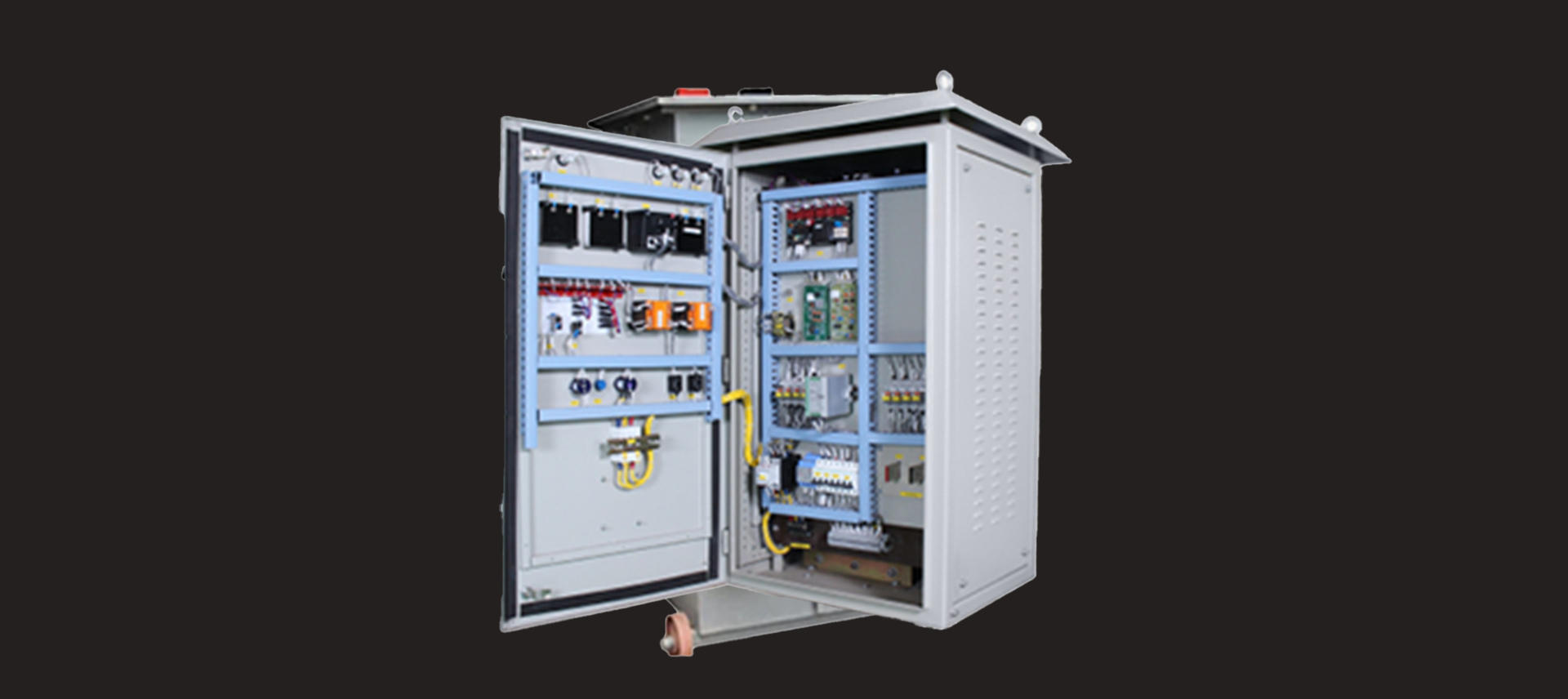
DB Panel For Plant Operations
An electrical panel board, commonly known as a distribution board or breaker panel, is a vital component in an electrical system. It serves as a centralized hub for distributing electrical power within a building or facility. The panelboard houses circuit breakers or fuses that control and protect individual circuits. Through these breakers, power is distributed to various areas of the building. Panel boards play a crucial role in electrical safety by providing a convenient point for the isolation and control of circuits, facilitating maintenance, and safeguarding against overloads and short circuits. They are essential for organizing and managing the electrical supply, ensuring efficiency and safety in the overall electrical distribution system. .
Basic Functions of a Distribution Panel
A distribution panel, also known as a distribution board or breaker panel, serves as the central hub for electrical distribution within a building. Its primary functions include:
- Receives power from the main electrical supply
- Distributes electricity to various circuits throughout the building
- Contains circuit breakers or fuses to regulate the flow of electricity
- Prevents overloads and short circuits to ensure safety
- Includes switches or indicators for controlling and monitoring power distribution
- Manages electrical loads efficiently to prevent system failures
- Provides electricity to appliances, lighting, and other electrical devices
- Maintains safety standards and protects against electrical hazards
- Acts as a central hub for electrical distribution within the building
How a Distribution Panel Works
A distribution panelboard serves as a critical component in electrical systems, facilitating the safe and efficient distribution of electricity within a building or facility. Here's how distribution panelboards are typically used:
- Central Hub: The panelboard acts as a central hub where electrical power from the main supply is received and distributed to various circuits throughout the building.
- Circuit Distribution: It contains multiple circuit breakers or fuses, each dedicated to supplying electricity to specific circuits. These circuits may include lighting, outlets, appliances, HVAC systems, and more.
- Overcurrent Protection: Circuit breakers or fuses within the panelboard provide overcurrent protection. They automatically trip or blow when they detect an overload or short circuit, preventing damage to the electrical system and reducing the risk of fire.
- Load Management: Panelboards help in managing electrical loads efficiently by distributing power appropriately to different circuits. This ensures that the electrical system operates within its capacity and minimizes the chances of overload.
- Monitoring and Control: Some distribution panelboards may include switches, indicators, or meters for monitoring and controlling power distribution. This allows for easy identification of circuit status and troubleshooting of electrical issues. Overall, distribution panelboards play a crucial role in ensuring the reliable and safe operation of electrical systems in buildings, helping to protect both property and occupants from electrical hazards.
